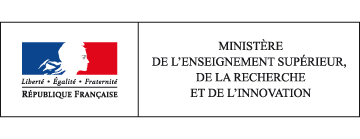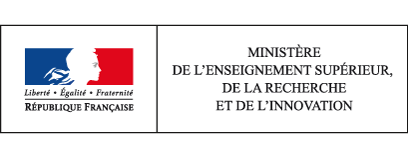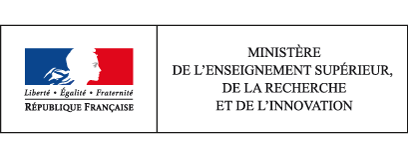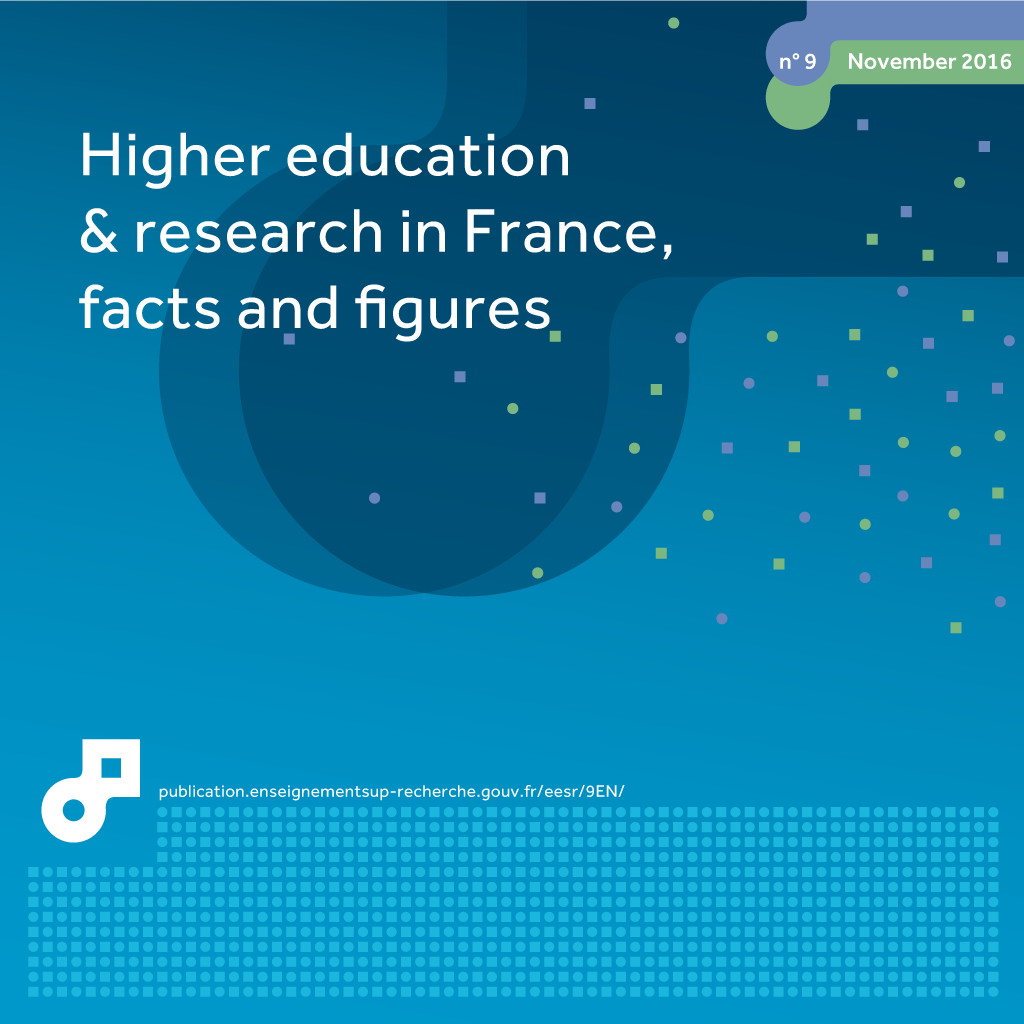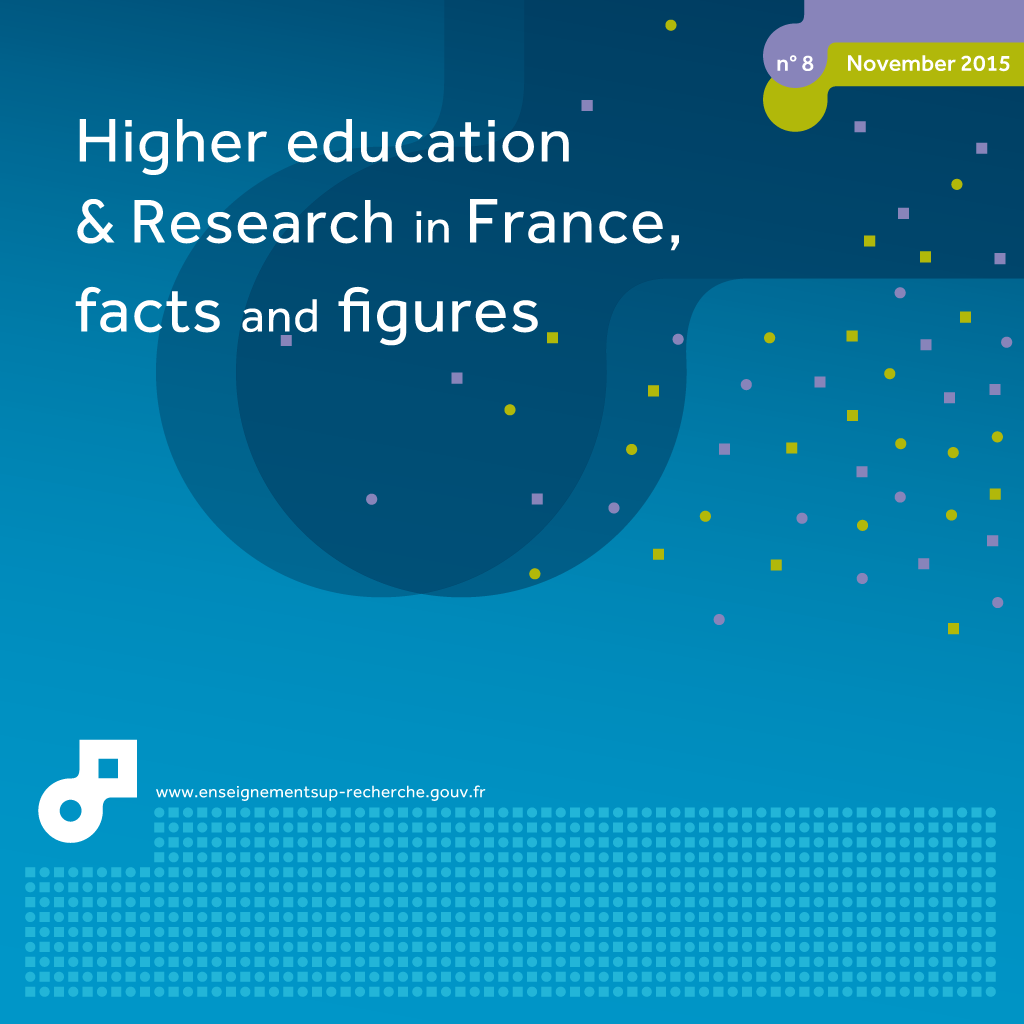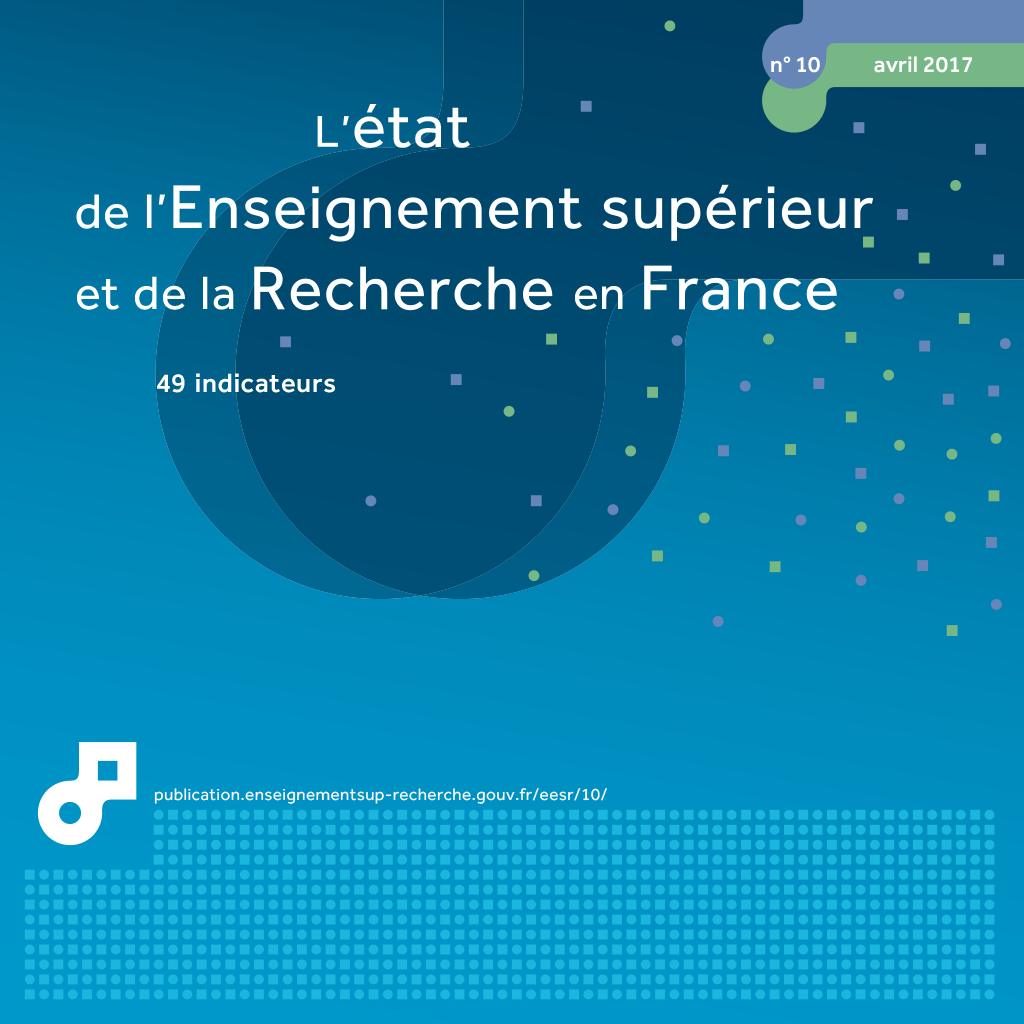12 students in higher education
There were 2,551,100 enrolments in higher education at the start of the 2015-2016 academic year. This was an increase of 3.2% in student enrolments over the previous year. The number of young people embarking on higher studies has risen hugely in five years.
In 2015-16, 2,551,000 students enrolled in higher education in mainland France and the overseas departments (DOM) (chart 12.01). The number of students enrolled in higher education in France increased for the seventh consecutive year (+3.2%, i.e. 79,900 more enrolments than in 2014). One factor for this upwards trend was the gradual implementation of the mandatory dual enrolment of students preparing for admission to the grandes écoles (CPGE) in a public scientific, cultural or professional establishment (EPSCP). But once the effect of these dual enrolments was neutralised, the overall increase was still very high, reaching 2.5% (+60,600 students). In five years, 231,000 additional students have entered higher education (+211,000 excluding dual enrolments in CPGE). Growth was six times less during the five previous years with 36,000 additional students between 2005 and 2010 (chart 12.01). In addition, changes in the size of generations should have led to a 100,000 drop in the number of young people enrolled in 2015-16 compared with 2010-11 (table 12.02). The increase in numbers cannot therefore be explained by a 'demographic effect' but a massive 'educational effect' since 2010, although it was much more modest in the five previous years (see methodology).
In 2015-16, 1,593,200 students enrolled in universities in mainland France and overseas departments, representing 62% of all enrolments in higher education (chart 12.03). Numbers at university have increased by 10.9% in five years (9.6% excluding dual CPGE enrolments) compared with 1.1% in the previous five-year period (chart 12.04). Trends vary considerably depending on the field of education. In Law and even more in Healthcare, numbers increased significantly between 2005 and 2010, and the rise continued at a more modest pace over the next five years. Growth in Economics and Economic and Social Administration was 4.3% between 2005 and 2010 and virtually non-existent in the last five years (+ 0.7% excluding dual CPGE enrolments). Lastly, there was a notable rise in number of university enrolments for the 'Arts, Humanities, Languages and Human and Social Sciences' and 'Sciences and STAPS' groups, where numbers had dropped between 2005 and 2010 and increased considerably between 2010 and 2015.
One student in six, i.e. 449,900 students, attended a private education institution (chapter 09). Public education has increased at a faster pace than private education in the last five years, whereas the opposite had been true since 2000.
Although in total 55.1% of students were women in 2015-16, their proportion varies hugely according to the courses. Women accounted for half the enrolments in STS, 39.5% in IUT and 42.1% in CPGE (chart 12.05). Conversely, 84.5% of students enrolled in paramedical and social courses were women. At university, they account for 69.7% in Languages, Arts and Humanities. In the last ten years, the proportion of women enrolled in scientific courses at university has increased slightly, but they are still a minority.
How to cite this paper :
close
Key figures
students
students
students
students
students
students
12.01 Changes in the number of students in higher education (in thousands, base 100 in 1990)
You can embed this chart to your website or your blog by copying the HTML code and pasting it into the source code of your website / blog:
close
12.02 Changes in the number of students in higher education (in thousands)
The total number of students in higher education increased by 231,500 at the start of the 2014-15 academic year, compared to the start of the 2010-11 academic year. Without the effect of other factors, the changes in the size of generations (demographic factor) would have resulted in 98,500 fewer students enrolling.
1 Scopes defined in RERS points 6.1 and 6.2.
2 Hors inscriptions à l'université des étudiants en classes préparatoires aux grandes écoles.
You can embed this table to your website or your blog by copying the HTML code and pasting it into the source code of your website / blog:
close
12.03 Breakdown of students at French universities in 2015-16, by programme and subject area (in thousands)
1 116,205 students enrolled in DUT preparation.
You can embed this chart to your website or your blog by copying the HTML code and pasting it into the source code of your website / blog:
close
12.04 Évolution des effectifs des universités françaises par discipline 1 entre 2005 et 2010, puis entre 2010 et 2015 (en %)
1 Y compris les étudiants des DUT ou des formations d'ingénieurs universitaires. Ces étudiants sont répartis dans les groupes de disciplines selon leur spécialité.
2 Les variation hors doubles inscription en CPGE (en %) ne sont pas représentées pour la période 2005-2010. Les valeurs à « 0,0 % » ne sont que des artefacts permettant la création du graphique.
MENESR-DEPP
You can embed this chart to your website or your blog by copying the HTML code and pasting it into the source code of your website / blog:
close
12.05 Part des femmes dans les principales formations d'enseignement supérieur (en %)
1 2014-15 (dernières données disponibles) à la place de 2015-16.
2 y compris les formations d'ingénieurs dépendant des universités, des INP, des universités de technologie et les formations d'ingénieurs en partenariat.
You can embed this chart to your website or your blog by copying the HTML code and pasting it into the source code of your website / blog:
close
Related statistical publications
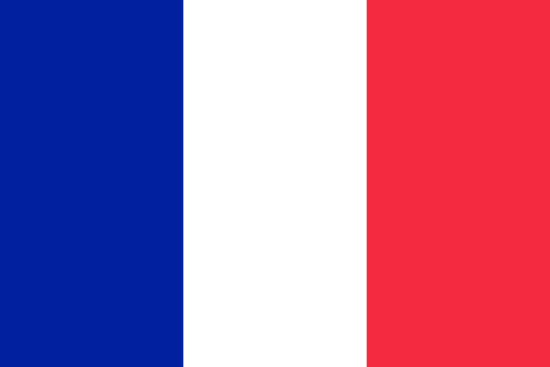 Note flash SIES 04 - Les effectifs universitaires en 2016-2017 - Aurélie Delaporte, Diane Marlat - May 2017
Note flash SIES 04 - Les effectifs universitaires en 2016-2017 - Aurélie Delaporte, Diane Marlat - May 2017 
 Note d'information SIES 16.10 - Les effectifs d'étudiants dans le supérieur en 2015-2016 en forte progression, notamment à l'université - Elisabeth Algava, Agnès Lièvre - December 2016
Note d'information SIES 16.10 - Les effectifs d'étudiants dans le supérieur en 2015-2016 en forte progression, notamment à l'université - Elisabeth Algava, Agnès Lièvre - December 2016 
 Note d'information SIES 16.11 - Les étudiants inscrits dans les universités françaises en 2015-2016 - Aurélie Delaporte, Diane Marlat - December 2016
Note d'information SIES 16.11 - Les étudiants inscrits dans les universités françaises en 2015-2016 - Aurélie Delaporte, Diane Marlat - December 2016 
 Note flash SIES 21 - Les étudiants en sections de technicien supérieur en 2016-2017 - Mathias Denjean - December 2016
Note flash SIES 21 - Les étudiants en sections de technicien supérieur en 2016-2017 - Mathias Denjean - December 2016 
 Note flash SIES 22 - Les étudiants en classes préparatoires aux grandes écoles en 2016-2017 - Mathias Denjean - December 2016
Note flash SIES 22 - Les étudiants en classes préparatoires aux grandes écoles en 2016-2017 - Mathias Denjean - December 2016 
 Note flash SIES 16 - Inscription des nouveaux bacheliers entrant en première année à l'université en 2016-2017 - Aurélie Delaporte, Diane Marlat - November 2016
Note flash SIES 16 - Inscription des nouveaux bacheliers entrant en première année à l'université en 2016-2017 - Aurélie Delaporte, Diane Marlat - November 2016 
 Note d'information SIES 16.08 - Les effectifs étudiants dans les regroupements d'établissements en 2015-2016 - Ronan Vourc'h - November 2016
Note d'information SIES 16.08 - Les effectifs étudiants dans les regroupements d'établissements en 2015-2016 - Ronan Vourc'h - November 2016 En dehors des universités, ce sont les écoles d’ingénieurs qui sont les plus impliquées dans ce processus (5 % des étudiants concernés dans plus de 60 écoles). La pluridisciplinarité est assurée au sein des regroupements situés en province. La situation est plus contrastée en région parisienne où les caractéristiques des établissements membres d’un regroupement induisent des orientations disciplinaires différenciées pour chacun d’entre eux. A cela s’ajoutent des différences dans le profil social des étudiants accueillis.

 Note d'information SIES 16.04 - Students on engineering courses - Agnès Lièvre - July 2016
Note d'information SIES 16.04 - Students on engineering courses - Agnès Lièvre - July 2016 Around 33,000 degrees were awarded in 2014, an increase of 22% in ten years.
The engineering degree is awarded following five years of study after the baccalauréat, the last three as part of an engineering cycle.
The trajectories are varied: half of entrants to the first year of an engineering cycle come from CPGE (classes preparing for admission to Grandes Ecoles) and 21% from an integrated preparatory cycle. Parallel access routes help to diversify the recruitment of entrants to an engineering cycle: 13% hold a DUT (university technology diploma) and 7% hold a Higher technical certificate (BTS) or Bachelor's degree.
Although representing nearly half of scientific baccalauréat holders, only 29% of engineering students are women. Some universities and engineering schools offer LMD Master's programmes (Bachelor's-Master's-PhD) in engineering which can lead to employment in the engineering sector. In 2014, 6,300 students on these Master's programmes obtained their qualification.

 Note flash SIES 06 - Number of university students in 2015-2016 - Aurélie Delaporte, Diane Marlat - May 2016
Note flash SIES 06 - Number of university students in 2015-2016 - Aurélie Delaporte, Diane Marlat - May 2016 
 Note d'information SIES 16.02 - Economics, Management and Economic and Social Administration (AES) students at university in 2014-15 - Agnès Lièvre - April 2016
Note d'information SIES 16.02 - Economics, Management and Economic and Social Administration (AES) students at university in 2014-15 - Agnès Lièvre - April 2016 Universities, which this study focuses on, offer courses in Management, Economics, Economic and Social Administration (AES) and eco-management multi-sciences.
This variety results in different course content and prospects. For these different courses, the main access route is still the Economic and Social Sciences baccalauréat.
Courses in AES, which is more generalist and multi-disciplinary, appeal to a great diversity of profiles, in particular technological and vocational baccalauréat holders, whereas the Economics route, which has a more theoretical content, attracts scientific baccalauréat holders.
In the end, depending on the course, between 30% and 50% of students obtain their Bachelor's degree in 3 or 4 years. Nearly one-third of Bachelor's graduates continue onto a Master's programme. Depending on the course, 46% to 61% of Master's students complete their studies in 2 years.
Translation
 Etat de l'enseignement supérieur et de la rechercheL'état de l'Enseignement supérieur et de la Recherche en France n°10 - Avril 2017
Etat de l'enseignement supérieur et de la rechercheL'état de l'Enseignement supérieur et de la Recherche en France n°10 - Avril 201712 - les étudiants en formation dans l’enseignement supérieur - Elisabeth Algava
